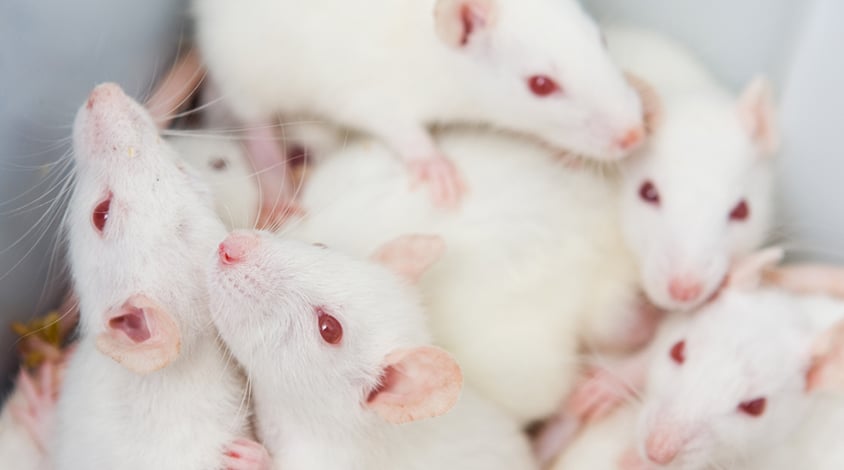Today, we have access to two kinds of pregnancy tests. One that read urine, and another that processes blood. Urine tests are typically performed at home, though they can also be performed at your local clinic. Whereas blood tests are performed by your healthcare provider. A home test typically examines your urine for the presence of Human Chorionic Gonadotropin (HCG) in your body. But before this advancement became accessible, mice were being used as a way to detect pregnancy back in the day. How was that possible?
Pregnancy tests in the early twentieth century involved a time-consuming and costly procedure where a urine sample was injected into five mice per woman. The mice would then be dissected to determine whether or not they were ovulating.
The History of Pregnancy Tests
In the first known pregnancy tests, Ancient Egyptian women urinated on barley or wheat seeds. When the seeds sprouted quickly, it was an indication of a positive pregnancy. While this may appear to be some form of pseudoscience, several recent studies have shown that it works reasonably well, correctly identifying 70-85% of pregnancies.
Beginning in the Middle Ages, Piss Prophets in Europe claimed to be able to predict pregnancy using a variety of bizarre urine tests. They imagined that pregnant women’s urine would rust a nail, change the color of a leaf, or even provide shelter for tiny living creatures. Based on what we know now, it’s unlikely that any of these tests could accurately detect pregnancy.
The first modern test that could accurately detect pregnancy, on the other hand, was no less bizarre. Aschheim and Zondek, two German scientists, invented this test in 1927. They discovered that injecting the urine of a pregnant woman into sexually immature female mice caused the mice’s ovaries to grow and produce eggs. (Source: Edmonton Journal)
Are There Other Animal-Based Tests?
Although Aschheim and Zondek had developed an accurate test, it wasn’t exactly simple, especially compared to the drug store tests we have available today. With their procedure, they had to inject five mice per woman and wait about a week before getting the result.
And even then, they could only detect the high levels of hCG that women have starting around 2 weeks after missing their period. In addition, the use of so many animals made it so that the test was expensive and relegated it to a few labs that received shipments of urine through the mail.
An American doctor, Maurice Freidman, improved the juvenile mouse test slightly in 1931 by swapping juvenile mice for adult rabbits, which were easier to inject.
However, the British scientist Lancelot Hogben’s frog test was the pinnacle of these animal tests. Because frogs lay eggs, they do not need to be killed or dissected to determine ovulation and can thus be reused, lowering test costs.
This test also produced results in a shorter period of time: twelve hours. The frog test made pregnancy testing more accessible, but it still required shipping urine to a limited number of frog labs. (Source: Edmonton Journal)
